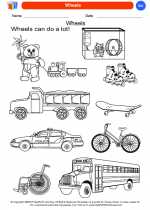Causes of Tides
The gravitational pull of the moon is the primary cause of tides. The moon's gravitational force creates two bulges of water on opposite sides of the Earth. As the Earth rotates, locations on the Earth's surface move in and out of these bulges, causing the rise and fall of tides.
Types of Tides
There are two main types of tides: high tides and low tides. High tides occur when the water level is at its highest, while low tides occur when the water level is at its lowest. Tides are also classified as spring tides and neap tides. Spring tides occur when the sun, moon, and Earth are aligned, resulting in higher high tides and lower low tides. Neap tides occur when the sun and moon are at right angles to each other, resulting in less extreme high and low tides.
Effects of Tides
Tides have a variety of effects on coastal areas and marine life. They influence the erosion and deposition of sediments along coastlines, affect navigation for ships, and create habitats for marine organisms that depend on the tidal cycle for feeding and reproduction.
Studying Tides
To study tides, it's important to understand the lunar cycle and the positions of the sun and moon in relation to the Earth. Additionally, observing and recording tidal patterns at different locations over time can provide valuable data for understanding and predicting tides. Hands-on activities such as creating tide tables, conducting field observations, and analyzing tidal data can help students grasp the concepts of tides and their impact on the environment.
Understanding tides is essential for various fields, including oceanography, marine biology, and coastal engineering. It also enriches our knowledge of the natural world and its interconnected systems.
[Tides] Related Worksheets and Study Guides:
.◂Science Worksheets and Study Guides Kindergarten. Pushing, Moving, Pulling

 Coloring Worksheet
Coloring Worksheet
 Coloring Worksheet
Coloring Worksheet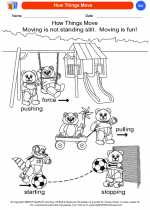
 Coloring Worksheet
Coloring Worksheet
 Coloring Worksheet
Coloring Worksheet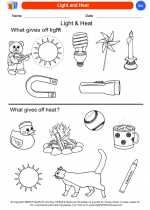
 Coloring Worksheet
Coloring Worksheet
 Coloring Worksheet
Coloring Worksheet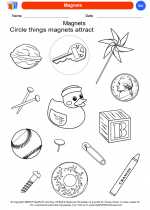
 Coloring Worksheet
Coloring Worksheet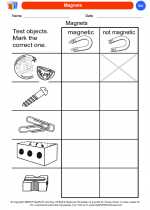
 Coloring Worksheet
Coloring Worksheet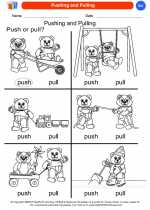
 Coloring Worksheet
Coloring Worksheet
 Coloring Worksheet
Coloring Worksheet
 Coloring Worksheet
Coloring Worksheet
 Coloring Worksheet
Coloring Worksheet
 Coloring Worksheet
Coloring Worksheet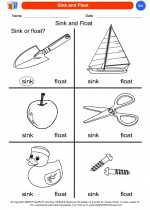
 Coloring Worksheet
Coloring Worksheet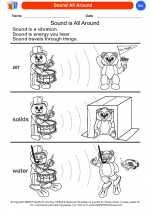
 Coloring Worksheet
Coloring Worksheet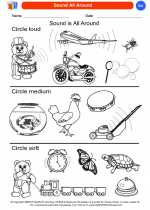
 Coloring Worksheet
Coloring Worksheet
 Coloring Worksheet
Coloring Worksheet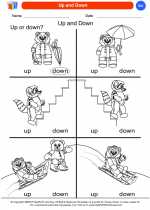
 Coloring Worksheet
Coloring Worksheet
 Coloring Worksheet
Coloring Worksheet